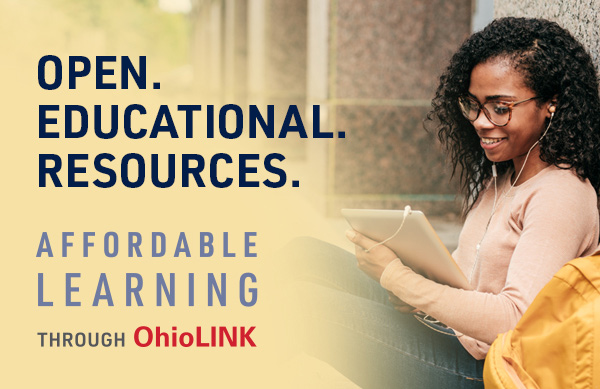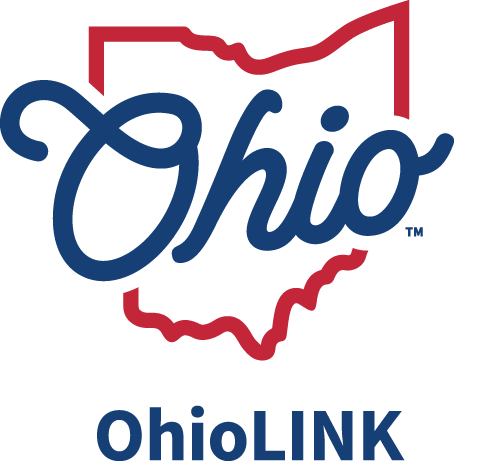Like many college students, theater majors are facing the high cost of textbooks, which leaves little room in the budget for a budding thespian who often has to buy costumes, makeup, and props on top of it all. Lisa Bernd, Ph.D., assistant college lecturer in Cleveland State University’s theater department, decided to do something about this for her students. Thanks to grant programs through Cleveland State, the Michael Schwartz Library, and the Open Education Group, Cleveland State’s theater students now have access not only to a free online textbook, but also open educational resources from their peers.

Through a CSU Textbook Affordability grant by the Michael Schwartz Library at Cleveland State University, Bernd created the open source textbook Theatrical Worlds to help mitigate the soaring costs of tuition and textbooks for her students. The open textbook, freely available as a PDF online, gives everyone access to the learning materials from day one.
“It replaces a traditional text that would cost a student around $200,” Bernd said. “Students do better in the course and don't fall behind.”
Bernd didn’t stop with an online textbook. Shortly after receiving the CSU Textbook Affordability Grant, Glenda Thornton, CSU library director, and Gwen Evans, OhioLINK executive director, informed Bernd about the Designing with Open Educational Resources (DOER) Fellowship Grant, administered by the Open Education Group, funded by the William and Flora Hewlett Foundation. Bernd partnered with Heather Caprette, senior media developer and instructional designer at CSU’s Center for eLearning, to apply for the grant. They landed the grant, which sparked the creation of student-led open educational resources.

“Though it took some effort to reorganize the Introduction to Theater course at CSU to fit with the new open text, the improved student performance and avoidance of the frustration of ordering and obtaining the text, led to greater job satisfaction,” Bernd said. “We believe everyone involved had fun, and this facilitates learning also.”
Introduction to Theater students now have three renewable assignments, with associated learning objectives and grading rubrics, as well as the development of a Pressbook, an online interactive work an textbook hosted by the Michael Schwartz Library, to showcase student work. Students can contribute analyses of local live performances, create open educational resource content, and upload completed assignments.
“The assignments are based on constructionism learning theory developed by Seymour Papert,” Bernd said. “Papert found that we learn best when we're actively engaged in constructing something that has personal meaning to us.”
Bernd encouraged students to pick a theater topic that interested them from Theatrical Worlds, or one presented in the course. This helped determine what subjects interested students the most and facilitated engagement with the open resources. Students collaborated on larger endeavors, such as the creation of interactive video. One student, Dylan Sell, created an interactive video on the CSU student production of Stephen Sondheim's play called Company. Sell interviewed people involved in the various theatrical roles working on Company. Other interactive learning content took the form of multiple-choice and fill-in-the-blank questions, short quizzes, and a timeline on costume production. Students found existing costume design videos on YouTube and added questions and comments within the videos to make them interactive.
“We're grateful to Glenda Thornton, director of Cleveland State University's Michael Schwartz Library, and Gwen Evans, executive director of OhioLINK, for letting us know about the grant opportunities,” Caprette said.

